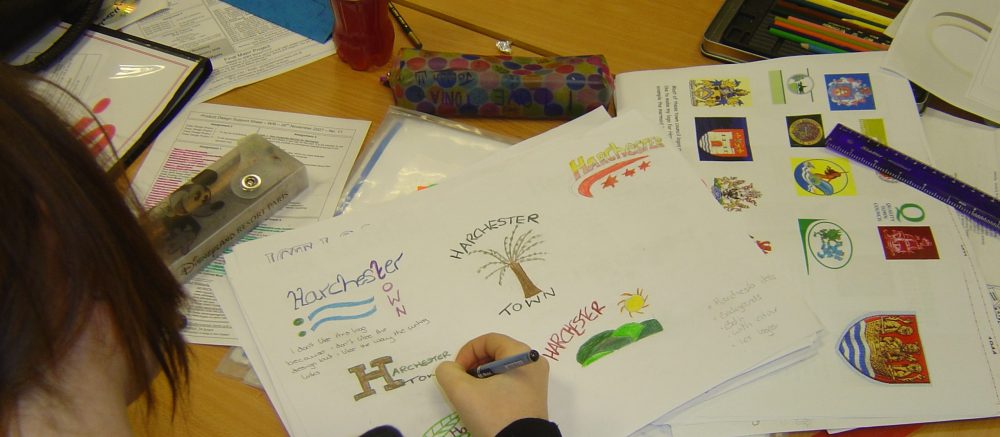Main Design Brief:
Task 1 – Timeline – Seeing Design in the World!

The aim is for each learner to produce a visual presentation of 20th century design. The art and design movements must also be related to key events in the 20th century.
The timeline can employ the use of drawings, collage, photocopies and self-generated computer images and needs to be as interesting and informative as possible.
- Having established some of the subjects for research, individuals could then take reference material from the research, the library and other sources and use this in the studio to compose their own version of events.
- Spend some time considering how you will put the timeline together.
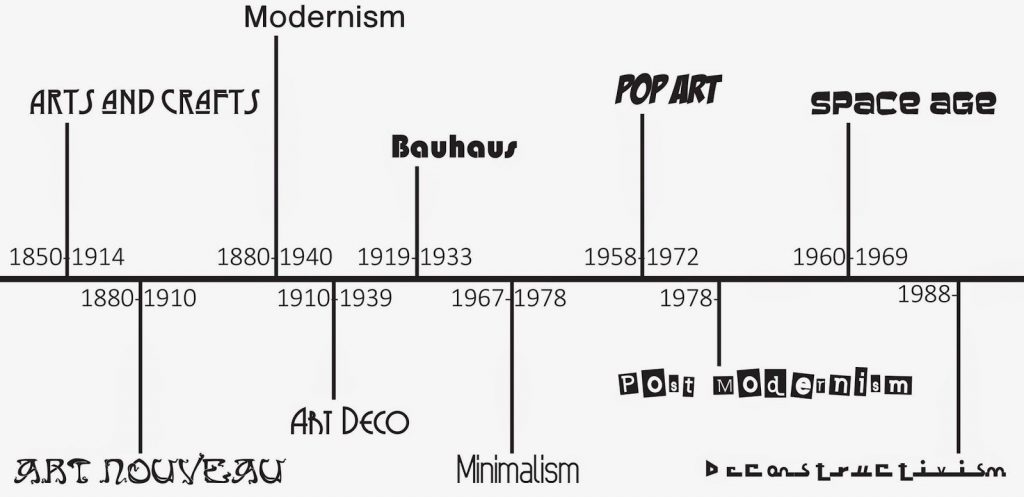
Important Names related to the movements
• Arts and Crafts – William Morris
• Art Nouveau – Charles Rennie Mackintosh
• Bauhaus Modernist – Marianne Brandt
• Art Deco – Eileen Gray
• Post Modernism – Philippe Starck
• Streamlining – Raymond Lowey
• Memphis – Ettore Sottsass.
Some Key events which influenced and impacted movements
- Queen Victoria
- The Railway
- 1st World War – 1914-1918
- 2nd World War – 1939-1945
- World Fairs (The Exposition des Arts Decoratifs, Paris 1925, The Festival of Britain, London 1951)
- New Technologies
Task 2 – Understanding the Past
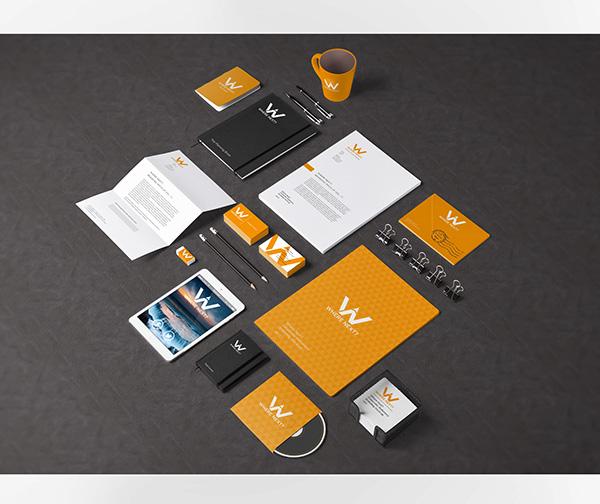
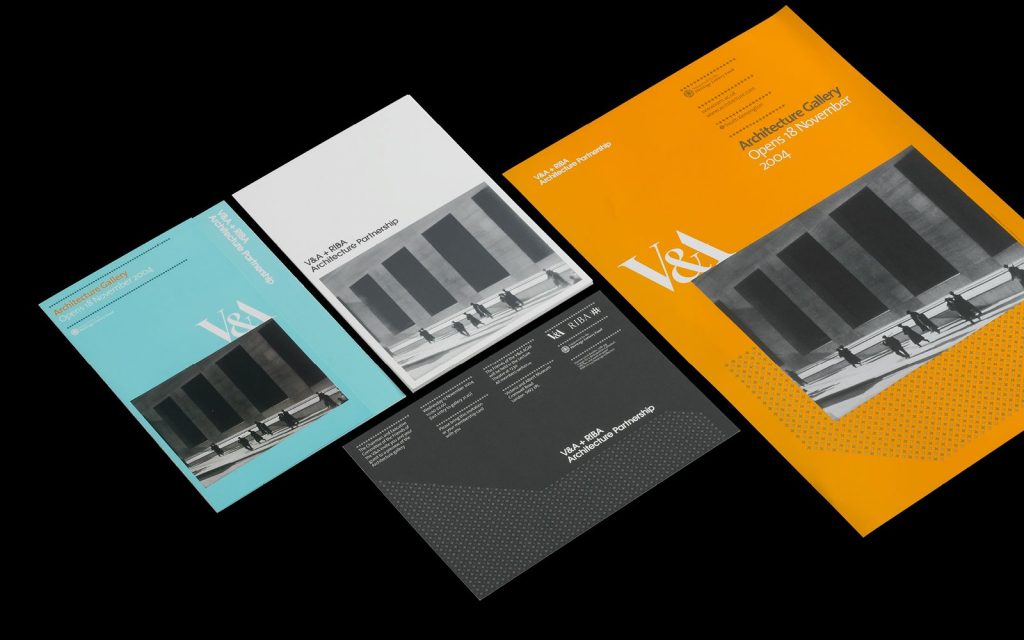
INTRODUCTION/SCENARIO:
Harchester Museum has been impressed by your work you on the design timeline project and would like you to be involved in a new project as part of the refurbishment of a gallery at Harchester Museum. This can be tied into the UB2–2a – Museum Project – Task 2 – Gallery
CLIENT:
Harchester Museum, part of County Museums Service.
Finance to come from the County Council, the Design Council, the V&A Museum and the Design Museum, which are both based in London
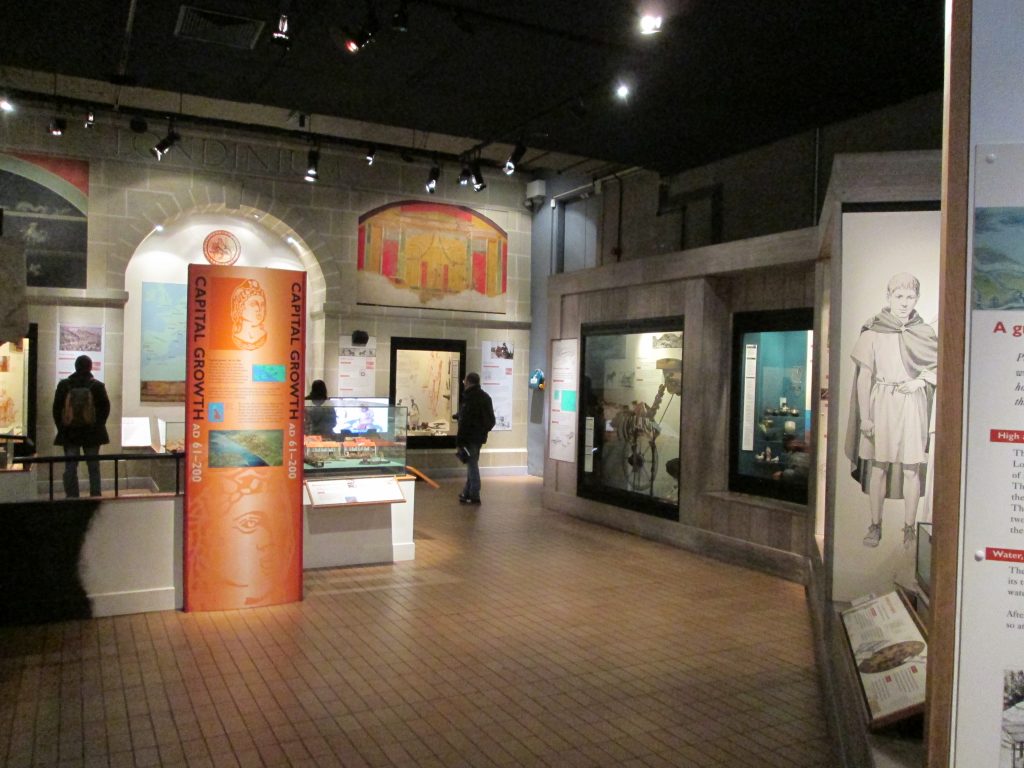
TASK
You have been asked to help put together a museum gallery, based upon a design movement of your choice; the name of the gallery will be – ‘Understanding the Past’.
LOCATION
The gallery is large with skylights to bring in natural light and one wall with large windows overlooking the park. To enter you need to go through a small passage, which has a very high ceiling and is about 12m long and 4m wide.
BACKGROUND
Now that you have completed your Timeline you now need to look at a design movement in a lot more detail. The idea of this is to develop your understanding of design and so help you when you to develop your own ideas in the future.
You must select a design movement and research it thoroughly. You must look at a range of products, people and places comparing them and explaining their impact, it may be useful that you relate these to other items from different periods which they have influenced to show their impact.
The movement can be any period and we suggest you focus on architecture and products of that time. You must also pull in key designers and architects and relate what they did and how they impacted upon the design movement as well as the world.
It will be essential that you explain the context and time of the movement, as design not only influences the world it is in, but also the world can influence and impact the design movement itself.
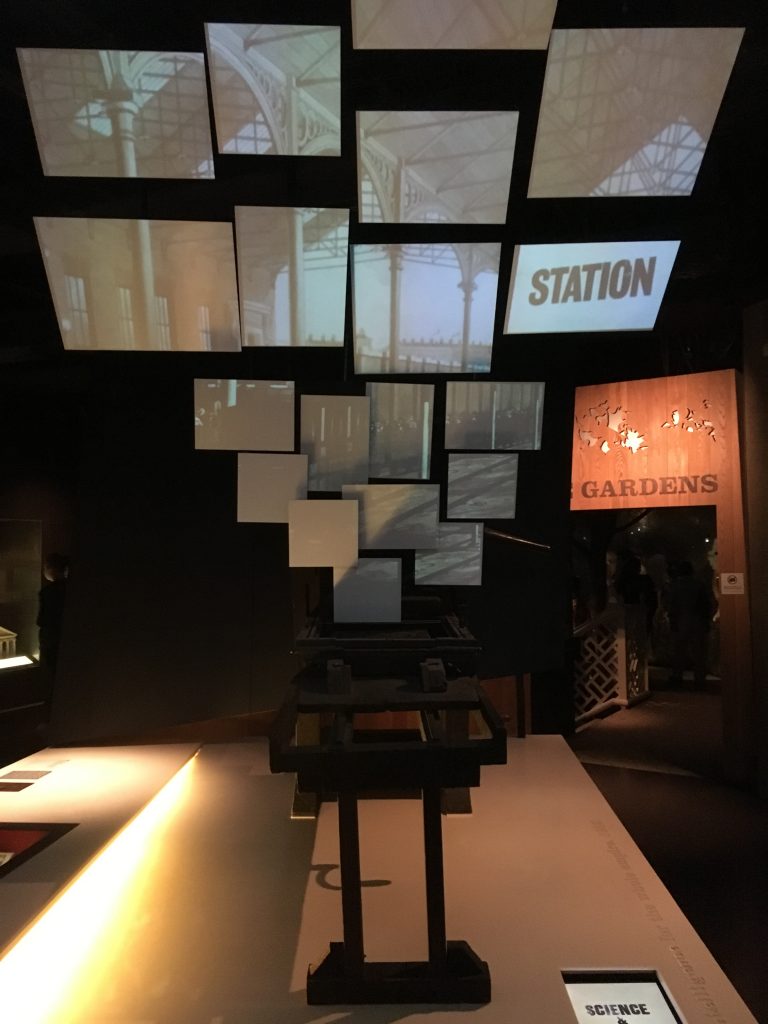
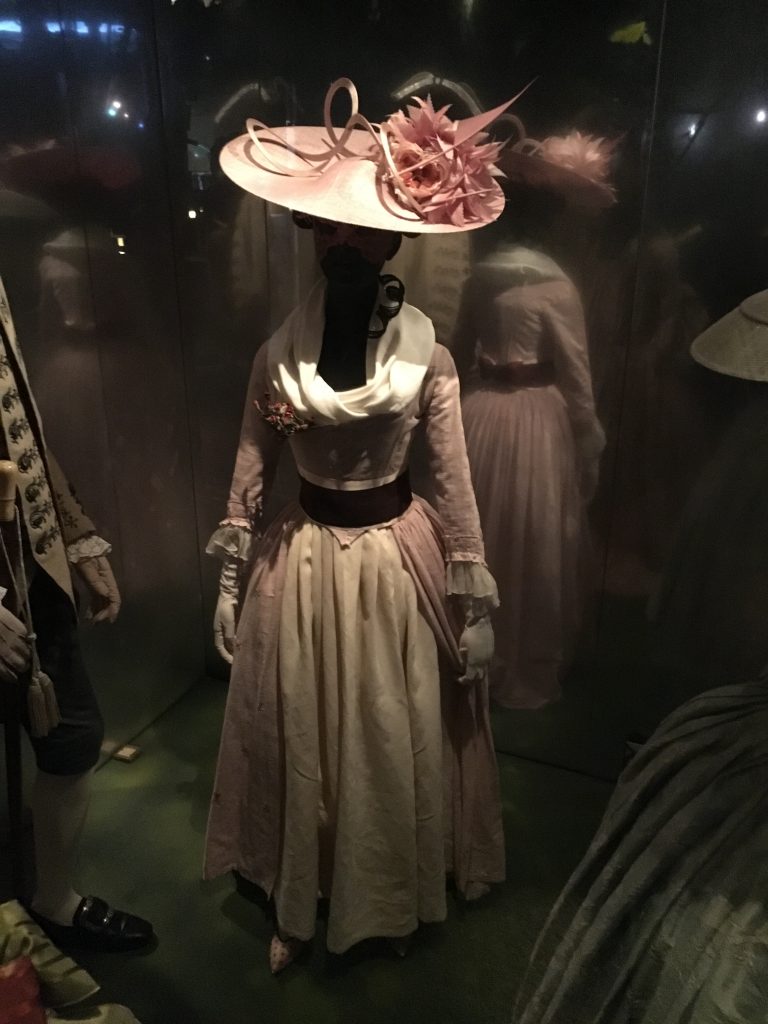
All sources must be acknowledged in a bibliography.
OUTCOMES
You must produce
- Visitors guide (Booklet which would be sold, colour and detailed)
- Visitors guide (Pamphlet which would be given free)
- Two slideshows which will be projected on the walls as people enter the gallery
- A list of suggested products/models/graphics items which could be used
- Sample title cards for the display items with a small explanation for the visitors
